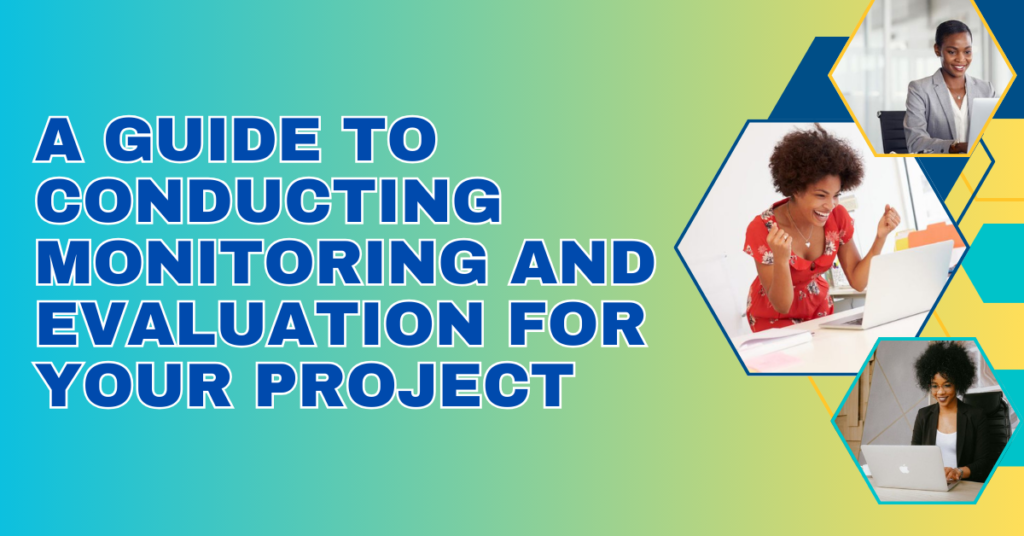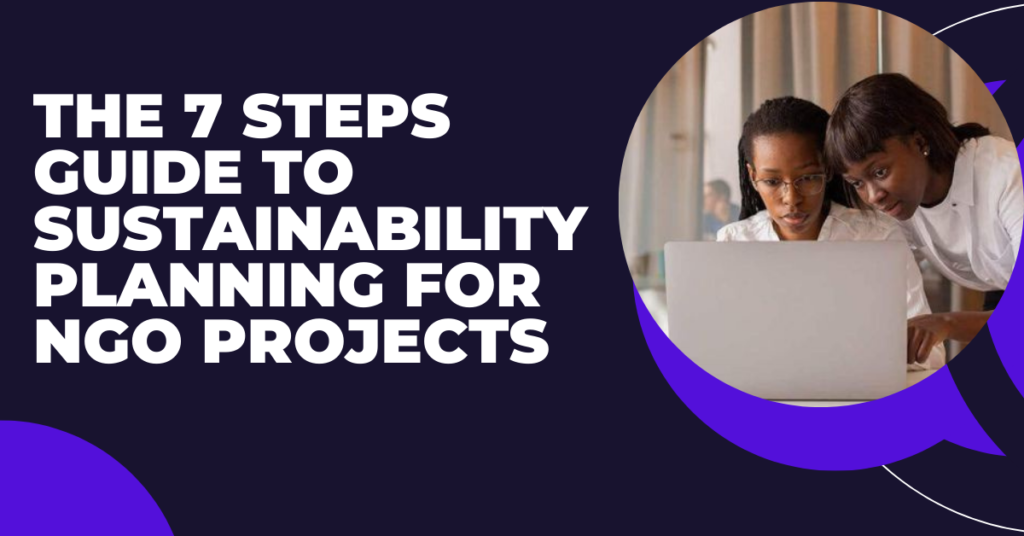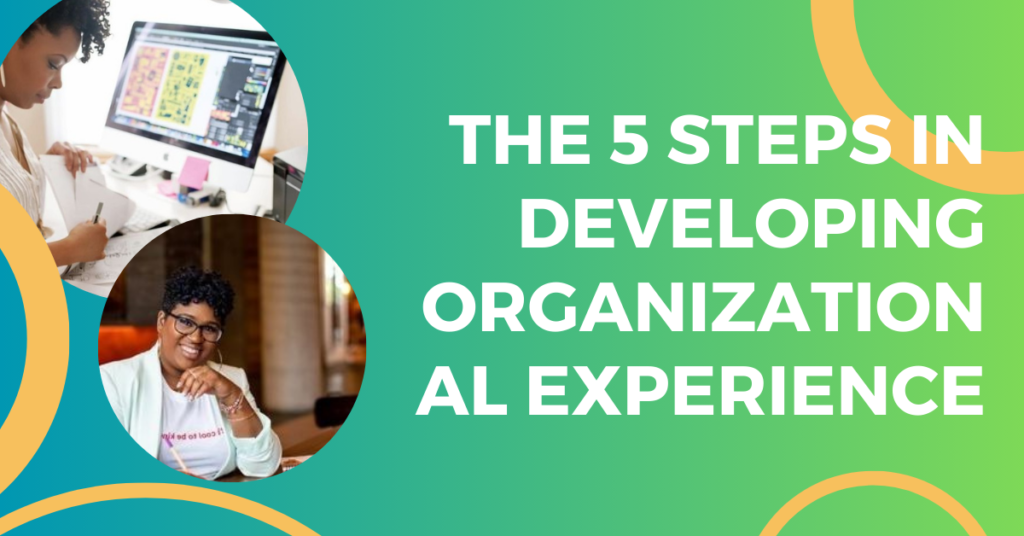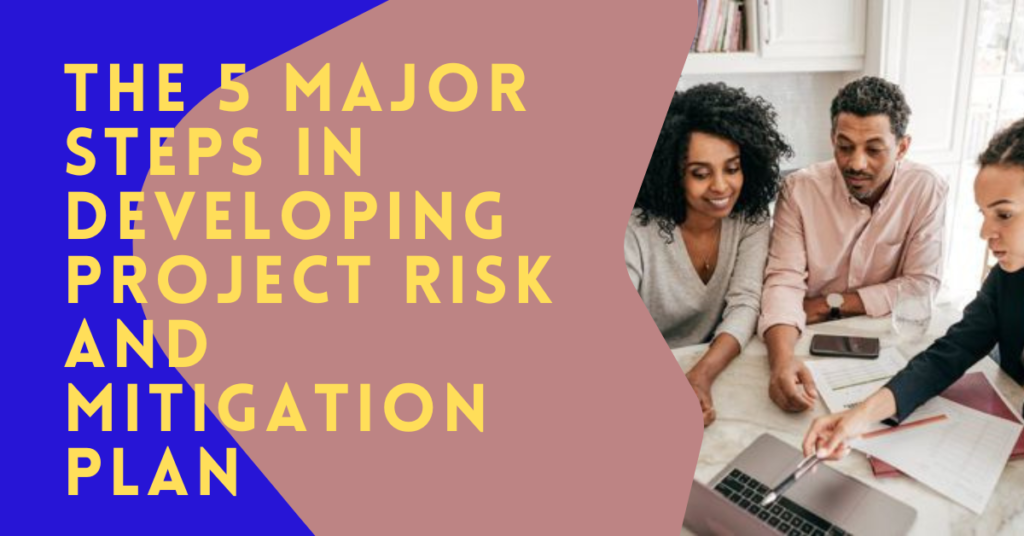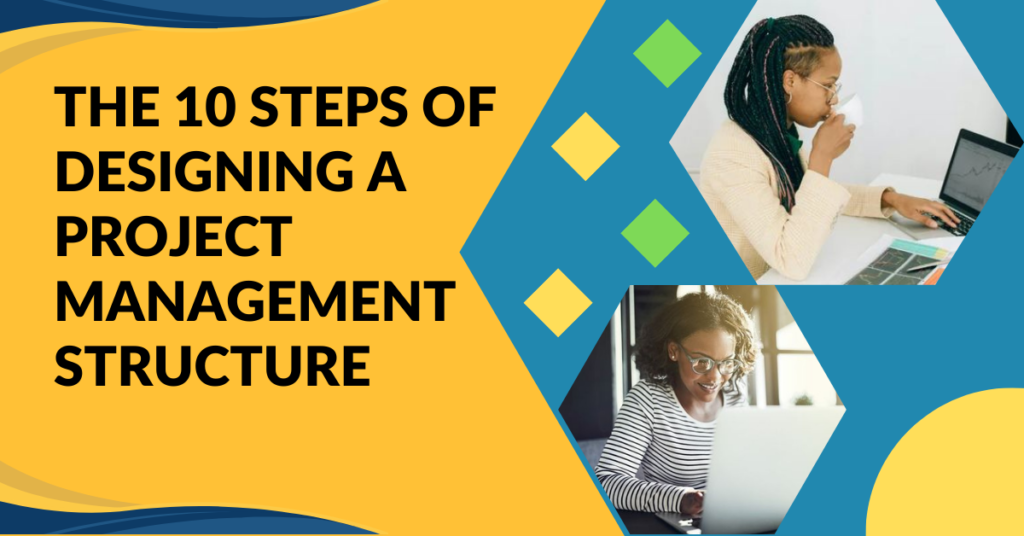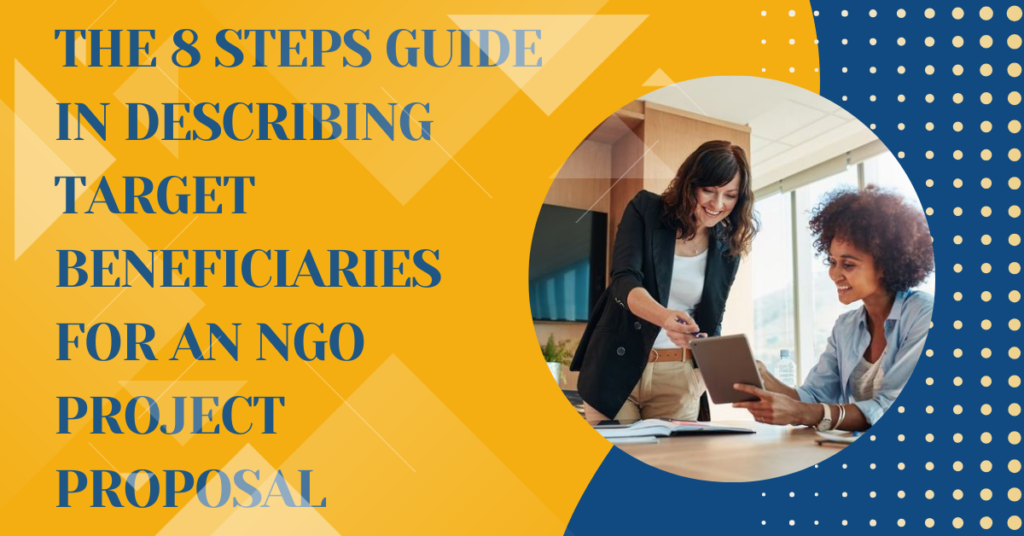
Menu
Facebook-f
Twitter
Google-plus-g
How to Get Your Proposal Funded
Securing funding for your proposal can be a challenging but crucial step in bringing your project to life. Whether you’re seeking funds for an NGO initiative, a business venture, or a research project, understanding the steps to get your proposal funded is essential. This guide will walk you through the process of getting your proposal funded, from identifying potential funders to crafting a compelling proposal and following up effectively.
- Identify Potential Funders
Before you can secure funding, you need to identify potential funders who are aligned with your project’s goals and objectives. Here’s how to find the right funders:
- Research Funders
Start by researching organizations, foundations, government agencies, and individual donors that provide funding for projects similar to yours. Look for:
- Funding Priorities: Identify funders whose priorities align with your project’s goals. For example, if your project focuses on education, seek out funders with a history of supporting educational initiatives.
- Funding History: Review the types of projects and organizations that have previously received funding from potential funders.
- Application Process: Understand the funders’ application procedures, including deadlines, required documents, and eligibility criteria.
- Use Funding Databases and Resources
Utilize funding databases and resources to find potential funders. Some useful tools include:
- Grant Databases: Online databases such as GrantStation, Foundation Directory Online, and Candid provide information on grant opportunities.
- Government Websites: Government websites often list grant programs and funding opportunities.
- Professional Networks: Leverage your professional network to get recommendations and introductions to potential funders.
- Build Relationships
Establish relationships with potential funders before submitting your proposal. Attend networking events, conferences, and workshops where funders are present. Engage in conversations, seek advice, and build rapport. A strong relationship can increase your chances of getting funded.
- Craft a Compelling Proposal
A well-written proposal is critical to securing funding. Here’s how to craft a proposal that stands out:
- Follow the Funders’ Guidelines
Each funder has specific guidelines and requirements for proposals. Carefully review and adhere to these guidelines to ensure your proposal meets their criteria. This includes formatting, length, and required sections.
- Write a Strong Executive Summary
The executive summary is a critical part of your proposal. It should provide a concise overview of your project, including:
- The Problem: Clearly state the problem your project aims to address.
- The Solution: Describe your project’s goals and how it will solve the problem.
- The Impact: Highlight the anticipated outcomes and benefits of your project.
- The Funding Request: Specify the amount of funding you are requesting and how it will be used.
A compelling executive summary grabs the funder’s attention and encourages them to read the rest of your proposal.
- Detail Your Project Plan
Provide a detailed description of your project plan, including:
- Objectives and Goals: Clearly define the objectives and goals of your project.
- Activities and Timeline: Outline the key activities and timeline for your project.
- Budget: Provide a detailed budget that includes all projected costs and a justification for each expense.
- Evaluation Plan: Describe how you will measure the success of your project and track progress.
A well-organized project plan demonstrates that you have a clear and actionable strategy for achieving your goals.
- Demonstrate Organizational Capacity
Show that your organization has the capacity to successfully implement the project. Include information about:
- Team Members: Highlight the qualifications and experience of key team members.
- Previous Successes: Provide examples of past projects or initiatives that demonstrate your organization’s capability.
- Partnerships: Mention any partnerships or collaborations that strengthen your project.
Demonstrating organizational capacity reassures funders that your project is in capable hands.
- Address Sustainability
Funders are interested in the long-term impact of their investment. Explain how your project will be sustained beyond the funding period, including:
- Long-Term Funding: Describe plans for securing additional funding or revenue streams.
- Community Involvement: Highlight how the community will be engaged in sustaining the project.
- Operational Plans: Detail how the project will continue to operate and deliver results after initial funding ends.
Addressing sustainability shows that you are planning for the future and that your project will have lasting impact.
- Submit Your Proposal
Once your proposal is ready, submit it according to the funder’s guidelines. Here’s how to ensure a successful submission:
- Review and Proofread
Before submitting, thoroughly review and proofread your proposal to catch any errors or inconsistencies. Ensure that all sections are complete and that the proposal adheres to the funder’s guidelines.
- Submit on Time
Adhere to the submission deadline provided by the funder. Late submissions are often not considered, so ensure that your proposal is submitted on or before the deadline.
- Follow Submission Instructions
Follow the funder’s submission instructions carefully. This may include submitting the proposal online, via mail, or through a specific platform. Ensure that all required documents are included and formatted correctly.
- Follow Up
Following up after submitting your proposal is an important step in the funding process. Here’s how to effectively follow up:
- Confirm Receipt
After submitting your proposal, confirm that it has been received by the funder. This can often be done through a confirmation email or an online submission portal.
- Be Patient
The review process can take time, so be patient while waiting for a response. Funders often have multiple proposals to review, and it can take weeks or months to make a decision.
- Prepare for Questions
Be prepared to answer any questions or provide additional information if requested by the funder. Respond promptly and thoroughly to any inquiries.
- Seek Feedback
If your proposal is not funded, seek feedback from the funder. Constructive feedback can provide valuable insights into how you can improve future proposals.
- Build Long-Term Relationships
Building and maintaining relationships with funders is crucial for future success. Here’s how to cultivate these relationships:
- Report on Progress
Keep funders informed about the progress of your project. Provide regular updates and reports that highlight achievements, challenges, and outcomes.
- Acknowledge Support
Acknowledge the support of funders publicly, if appropriate. This can include mentioning them in press releases, reports, or on your organization’s website.
- Engage Funders
Invite funders to visit your project or participate in events related to your project. Engaging funders helps build a stronger connection and demonstrates the impact of their support.
Conclusion
Securing funding for your proposal requires a combination of research, preparation, and effective communication. By identifying potential funders, crafting a compelling proposal, and following up diligently, you can increase your chances of getting your proposal funded.
Remember that funding is not just about securing financial support—it’s about building relationships and demonstrating the value and impact of your project. With a strategic approach and a focus on creating lasting partnerships, you can achieve the funding you need to bring your project to life.
Address List
-
Makerere Hill Road, Ham Towers -
+256-703947778 -
info@professionalwriters.shop
Social Networks
Links List
Professional Writers Inc.
Turning Ideas Into Reality
NGO Documents Writing Training [Free]







